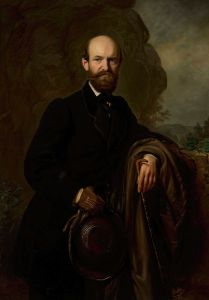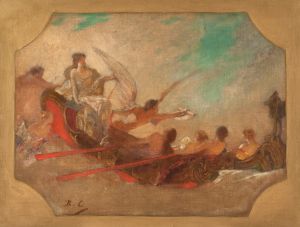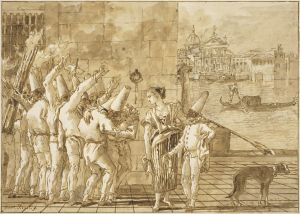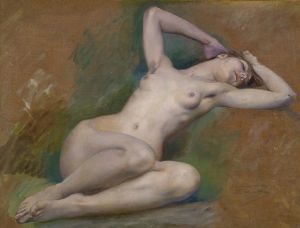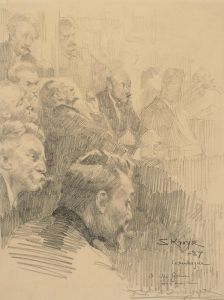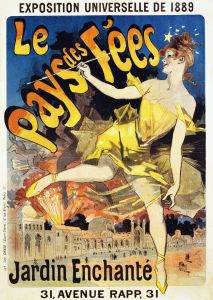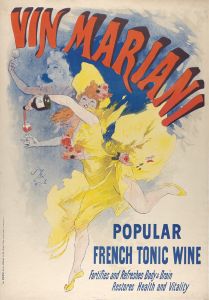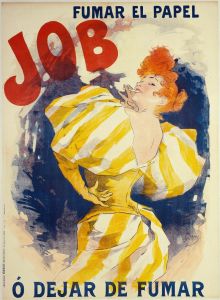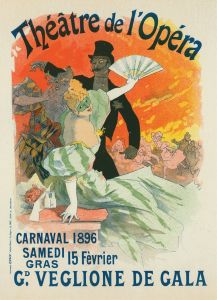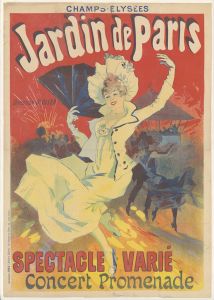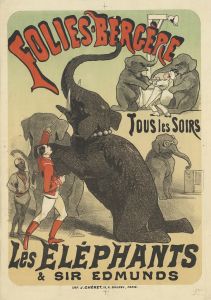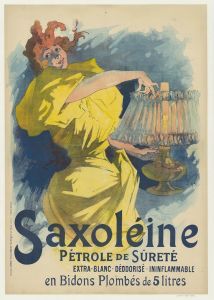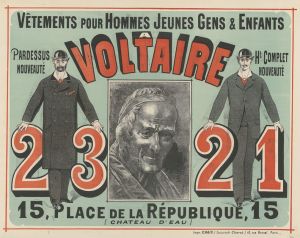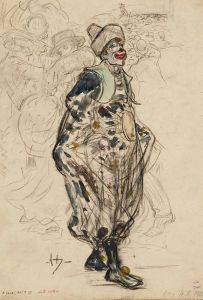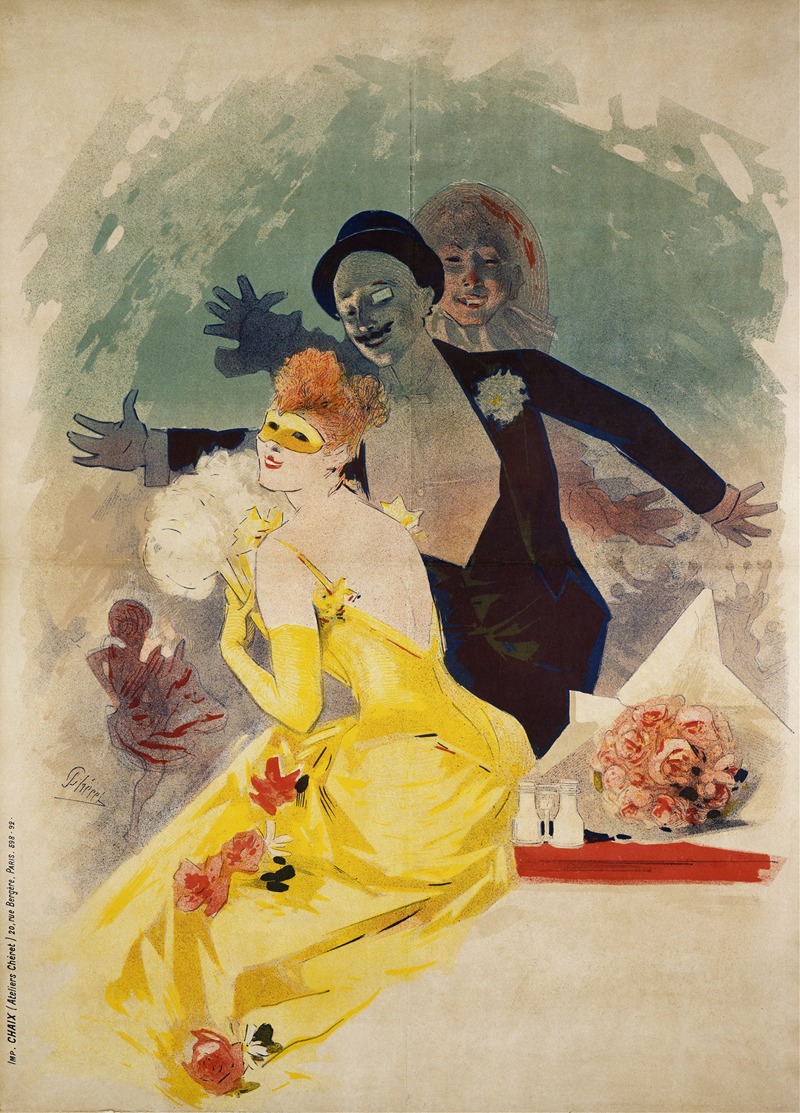
Opéra, Carnaval 1892, 1er Bal Masqué
A hand-painted replica of Jules Chéret’s masterpiece Opéra, Carnaval 1892, 1er Bal Masqué, meticulously crafted by professional artists to capture the true essence of the original. Each piece is created with museum-quality canvas and rare mineral pigments, carefully painted by experienced artists with delicate brushstrokes and rich, layered colors to perfectly recreate the texture of the original artwork. Unlike machine-printed reproductions, this hand-painted version brings the painting to life, infused with the artist’s emotions and skill in every stroke. Whether for personal collection or home decoration, it instantly elevates the artistic atmosphere of any space.
"Opéra, Carnaval 1892, 1er Bal Masqué" is a vibrant and historically significant poster created by the French artist Jules Chéret. Known as the father of modern poster art, Chéret played a pivotal role in transforming the streets of Paris into an open-air gallery during the Belle Époque period. This particular work was designed to advertise the first masked ball of the 1892 carnival season at the Paris Opéra, a prestigious and culturally significant event.
Jules Chéret was born in Paris on May 31, 1836, and he became a master of lithography, a printing process that allowed for the mass production of colorful posters. His innovative techniques and artistic flair earned him widespread acclaim, and he is often credited with elevating the status of posters from mere advertisements to works of art. Chéret's posters are characterized by their dynamic compositions, vibrant colors, and lively figures, often depicting joyous scenes of Parisian life.
"Opéra, Carnaval 1892, 1er Bal Masqué" is a quintessential example of Chéret's style. The poster features a lively and festive scene, with elegantly dressed figures in elaborate costumes and masks, capturing the spirit and excitement of the carnival season. The central figure, a graceful woman in a flowing dress, is surrounded by other revelers, all set against a backdrop of swirling colors and patterns. The use of bright, bold hues and fluid lines creates a sense of movement and energy, drawing the viewer into the celebratory atmosphere.
The Paris Opéra, also known as the Palais Garnier, was one of the most important cultural institutions in France, and its masked balls were highly anticipated events. These balls were not only social gatherings but also opportunities for artistic expression and creativity, where attendees could showcase their elaborate costumes and masks. Chéret's poster captures the essence of these events, highlighting the opulence and grandeur associated with the Parisian carnival.
Chéret's work had a significant impact on the development of poster art and advertising. His ability to combine artistic beauty with commercial appeal set a new standard for poster design, influencing future generations of artists. The success of his posters also contributed to the popularity of the Belle Époque's visual culture, making art accessible to a broader audience.
"Opéra, Carnaval 1892, 1er Bal Masqué" remains an important piece in the history of graphic design and is a testament to Jules Chéret's legacy as a pioneer of modern poster art. The poster not only advertises a specific event but also encapsulates the joy and exuberance of the carnival season in late 19th-century Paris. Today, Chéret's posters are highly regarded by collectors and art historians, and they continue to be celebrated for their artistic merit and historical significance.





